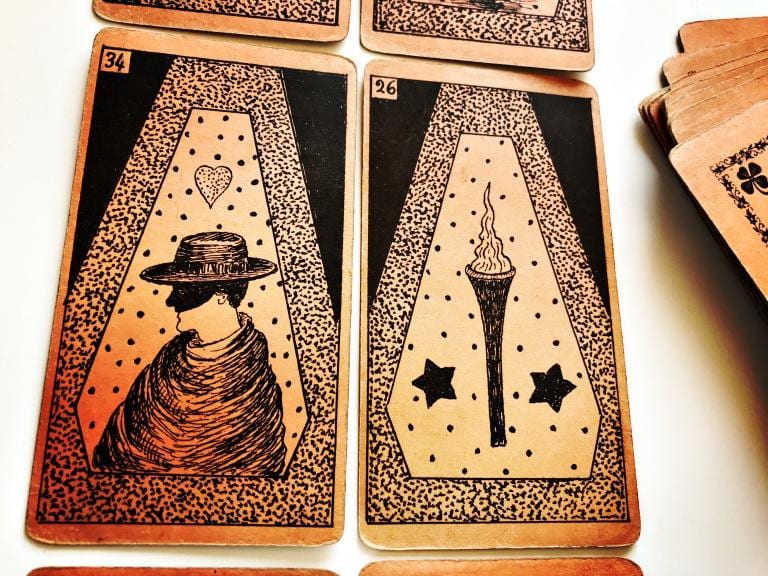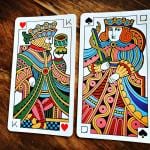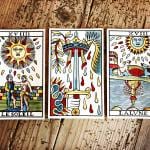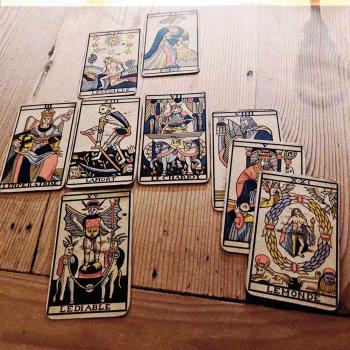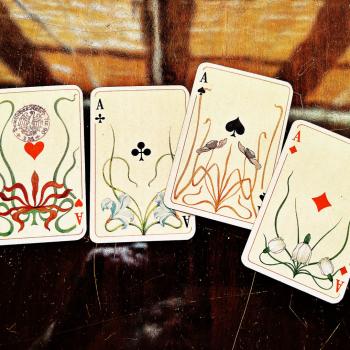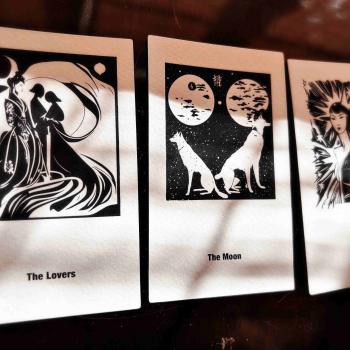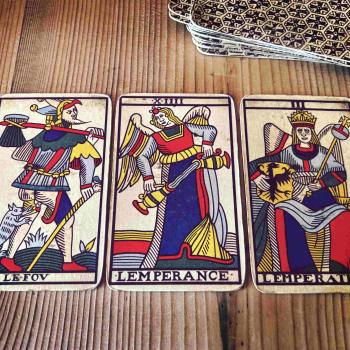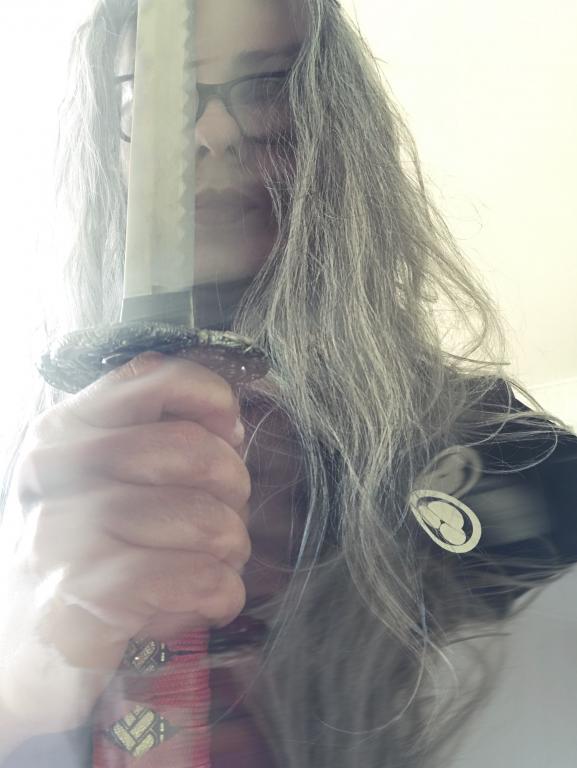
I like to play with swords. I have several samurai swords in my zendo, the biggest room in the house that’s as large as a Zen temple in the mountains, mountains that here take the form of sand dunes. I also like to sharpen my Japanese knives. My philosophy surrounding the sharpening of my sharp objects is that they are never sharp enough, so I keep at it. This practice comes in handy also when I have to swing my sharp tools over concepts. Although I speak in conceptual terms whenever I refer to what is a good idea to do or not do, I’m ever aware of the fact that experience over conceptual thinking is infinitely smarter and therefore preferable. Experience over belief is preferable. Experience over ideas is preferable. If I happen to fall into being seduced by the world of ‘value,’ ‘meaning,’ ‘spiritual awakening,’ and ‘growth’ – of personal development and business alike – I reach for my swords. I will have none of that. Draw, cut, and sheathe. Arigatou.
As the internet abounds in offerings, ‘because people are struggling,‘ I let the sharp point of my sword discern between experience and idea. I will buy the experience and say pass to the idea. If an experience is sold as having a premise anchored in belief, I slash it. I will buy the toilet paper and slash the promise of how I can purify my soul, how I can take refuge in enjoying my isolation, if only I had access to the secret of how to refine my shadow, my aura, my kundalini force, or my inner witchcraft. Draw, cut, and sheathe. Arigatou gozaimasu.
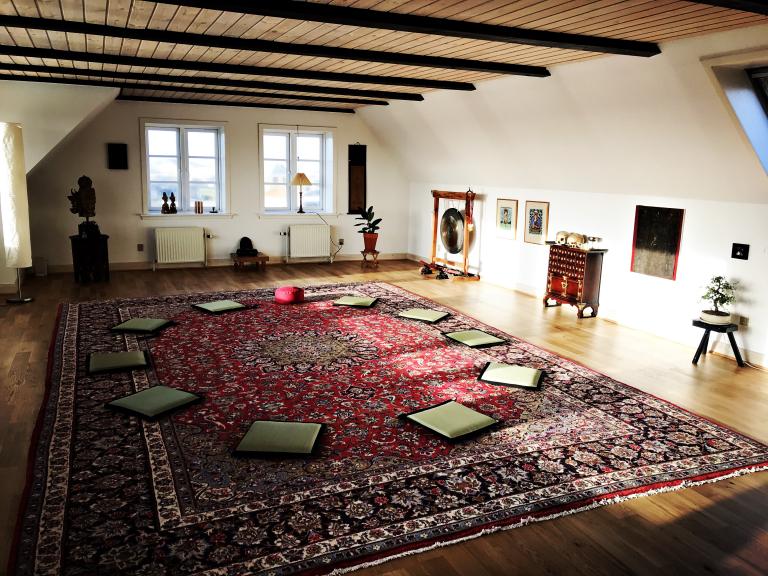
Why am I so against beliefs and the conceptual as keys to coping? Because the experience of form is not also the experience of value. Value is something we agree to assign to form. A form with assigned value can take the shape of these words: ‘my body,’ ‘my image,’ ‘my grief,’ ‘my fear,’ ‘my shadow.’ From the perspective of lived phenomena, while we can agree that just as there’s light there’s also shadow, and just as there’s a feeling of solidity when we tread on the earth, so there is a sense of substance, we can’t be so sure about the possessor. What we call ‘I’ is just a cultural value we assign to a body beholding the manifestation of some phenomena. But is this body that beholds phenomena ‘me?’ In my own experience of encountering smart people who are anything but shallow thinkers, especially the physicists and Zen masters alike would start laughing, before they’d answer this question. We can infer from their reaction that what they behold at the level of ‘belief’ is that while there is a body, there is also no such thing as my body.
In my own Zen practice the sharpening of my knives is all about not losing myself to the world of content. I am a formalist. As a formalist I look at how phenomena manifests, including how phenomena manifests as symbolic glyphs also knows as words. When I’m done with this looking, I don’t get excited and say to myself, ‘by Jove, I’ve just seen the light of this or that shadow on my wall, and it has value.’ If I see any writing on the wall at all, I leave it at its calligraphic appearance, as I like to pass aesthetic judgments. Some scribbling appeals to my sense of beauty and balance better than other.
‘Yes, but what does it all mean, the writing on the wall, as it sounds so ominous?’ some would like to know, because we’re all storytelling machines and we like to share. It’s a fair question, especially since both ‘beauty’ and ‘balance’ fall in the category of abstract thinking informed by a decision on parameters for the value of measurement. If I’m in a good mood, I invent something fantastic, often something sensual that would send the reader straight to the thickest pillow where tears of either joy or lamentation can be shed.
Some would think that this formalist approach to the world of invented content is harsh and hard, devoid of mercy and compassion. That may well be, but since I’ve also tried the soft cushions of ‘make yourself feel good in the company of sexy content’ and I didn’t like it, I prefer to stick to the story that says ‘everything is form and no content, not even very little content.’
Why I am I saying all these things, and how does this philosophy relate to reading cards, an activity that most would swear is excellent precisely in times of crisis, as predicting the future has a history of being comforting in hard times.
I’d say the following: if we struggle with anything then it’s with our own perceived vulnerability, which, in this day and age, has become a very hot commodity. Right now, the invented story about the vulnerable in the vulnerable story is that the vulnerable we transact with is not just hot but also very sexy, as it holds all the keys to our success. The vulnerable is our power, they say. The vulnerable is full of ripeness, a fertile land that’s both valuable and significant. It’s what makes us human… Wow, can you feel how exhilarating these clichés are? I can feel them in my bones. The vulnerable goes deep…
Intended sarcasm for instructional purpose aside, if you’re still listening here, try to turn it around. Try to simply stay with what you observe. Assign no value to what you observe. Don’t think: ‘my body, my grief,’ ‘my body, my fear,’ ‘my body, my passion,’ or ‘my body, my power.’ Think beyond the possessive story of ‘it’s all mine.’ Think ‘body, grief, fear, passion, power.’ How does this string of words feel now, without the story of the personal (feeling, experience of growth, development, improvement, valuable self, inherent worth, etc, the promised land all the way to hell and no return).
Sharpen your knives. Take out your cards, whatever deck, and go through the whole pack with this mantra in mind, as you draw pairs:
More of this (one card down).
Less of that (one card down).
You’re welcome to have a storyworld in your mind, such as the story of loss (of money, love, health, or work), or gain (of power, ambition, reputation, strength). Go through all the cards, and when you’re done, take each pile and inspect it carefully. Let the insistence on ‘more of this’ and then ‘less of that’ pound in your ears. At the end of this exercise you should have a clear sense of whether you live your life such as it is, through observing phenomena, or whether you live your life according to others’ interpretation of it for you in the form of ideas, beliefs, and concepts full of promises for ‘meaningful’ content.
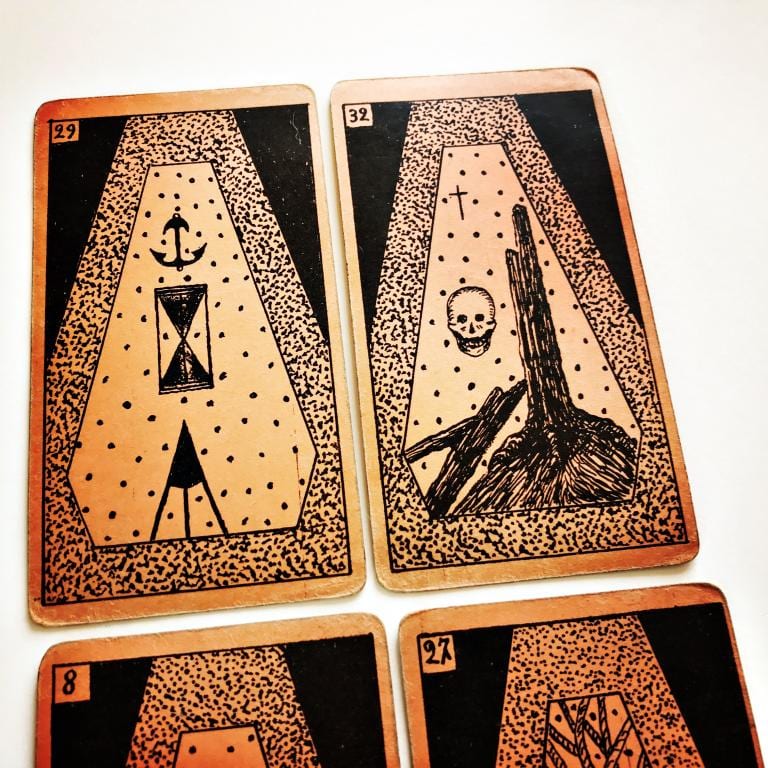
To give an example, I’ll use here an incomplete deck from the beginning of the 20th century, whose story I know nothing about. I haven’t a clue as to who made it and when exactly. 7 cards are missing from what I presume is a 48 card deck. I call it ‘Zoro’ for its masked significators.
What I also like about this deck also that it’s necromantic. Images rise out of coffins and the whole mood is quite fantastic. I like to think that the risen here form a story about ideas or the beliefs we put to rest in favor of experiencing more what presents itself to us in just the form that it does, before any value is assigned to it. The more subtle questions to ask here is this: when the performance of beliefs rises to new forms, then what? Does it become something else? The answer is no, as even the performance that we call ‘I am’ is still that, a performance, not something that has inherent value.
The unknown ‘Zoro’ deck (Photo: Camelia Elias)
But let’s do something concrete here, before we lose ourselves entirely to the question of ‘why’ we accept some things and not others. So let’s look at ‘more of this’ (left column) and ‘less of that’ (right column) – though the cards are drawn intermittently, first for the one, ‘more of this,’ and then the other, ‘less of that.’ Here I have 2 columns of 2 cards each, due to space, but the idea is to have just one trail of two cards running all the way through your own meditation zendo. I won’t go through all my cards, but just enough to give you the idea.
I’m reading the images as they appear to me in my spontaneous response to them. The philosophy of my method is driven by the martial arts nerve that operates with three moves, ‘draw’, cut and sheathe,’ a procedure I wrote more extensively about in What is Not.
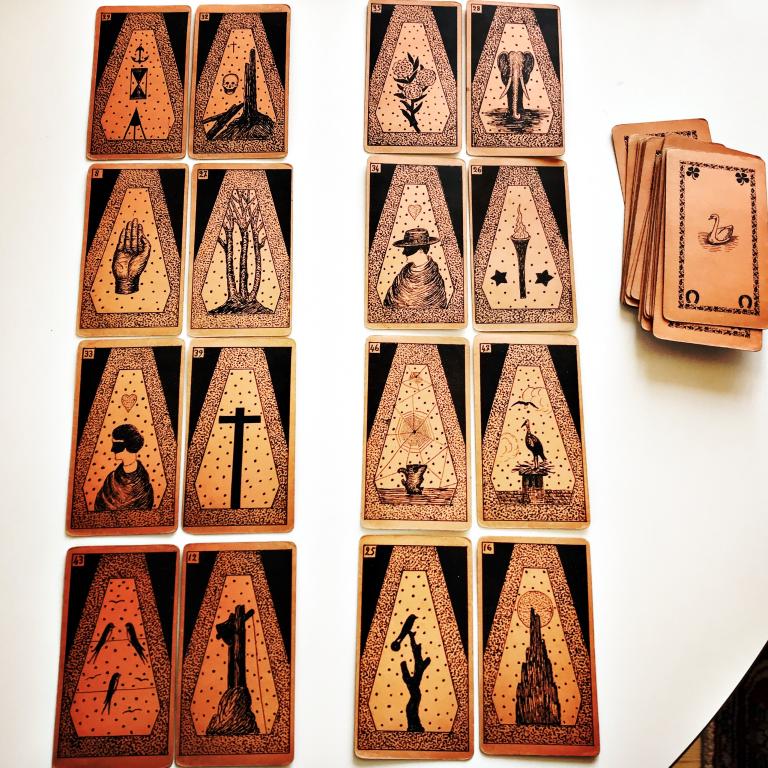
We start with the top row of images, and go like this through the next pairs:
-
More triangulating, less haunting of the rotten tree.
-
More receiving, less giving.
-
More anonymity, less grief.
-
More singing, less ringing.
-
More beauty, less power.
-
More Zoro, less carrying the torch.
-
More spinning, less nesting.
-
More solitude, less reaching for the moon.
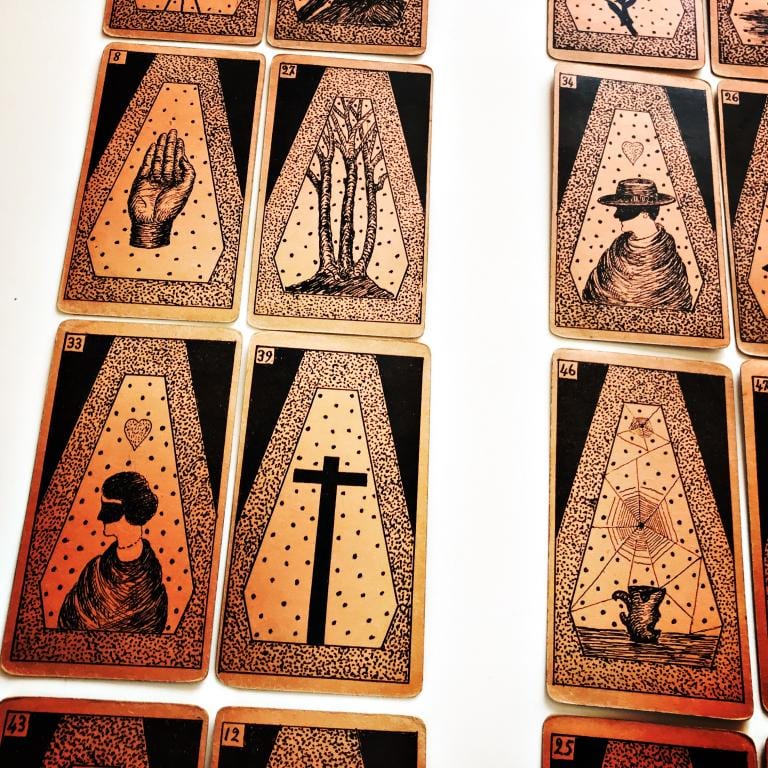
Try it and enjoy your own stories, while knowing what they are, forms devoid of content. Have these stories come from you, if you can, so you can be sure that you’ll not be delivering merely trivial interpretations of your experiences. The Garden of Eden is not in the deep skin mediation, but on the surface of the form your narrative takes as you shape it beyond all platitudes. When it comes to knowledge in times of crisis, the comforting is not hearing what’s comforting, but knowing what is a good idea to do more of and less of.
♠
Stay in the loop for cartomantic courses. Read Like the Devil.


